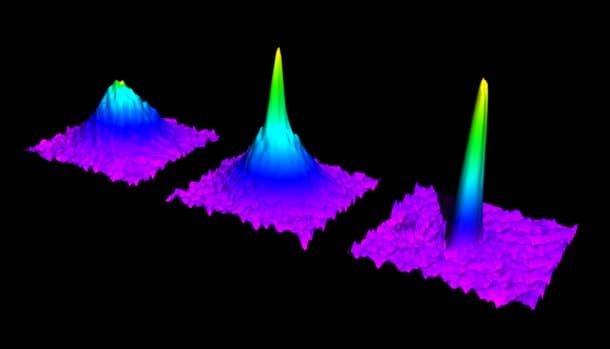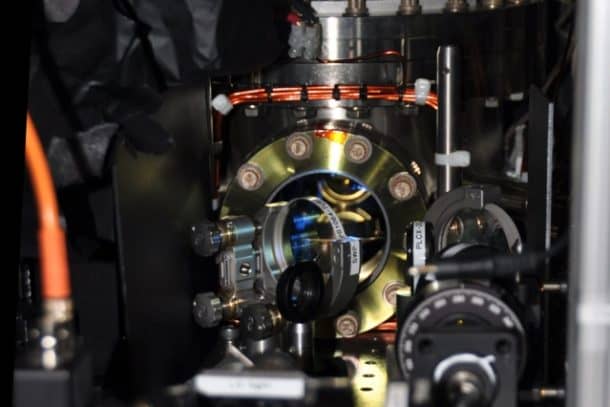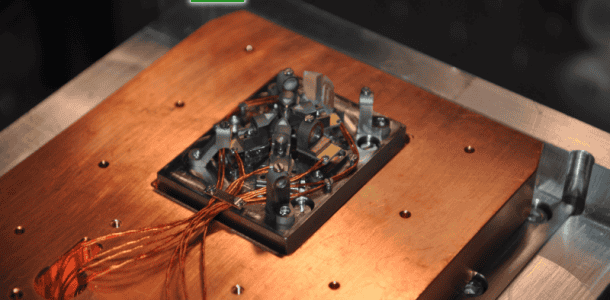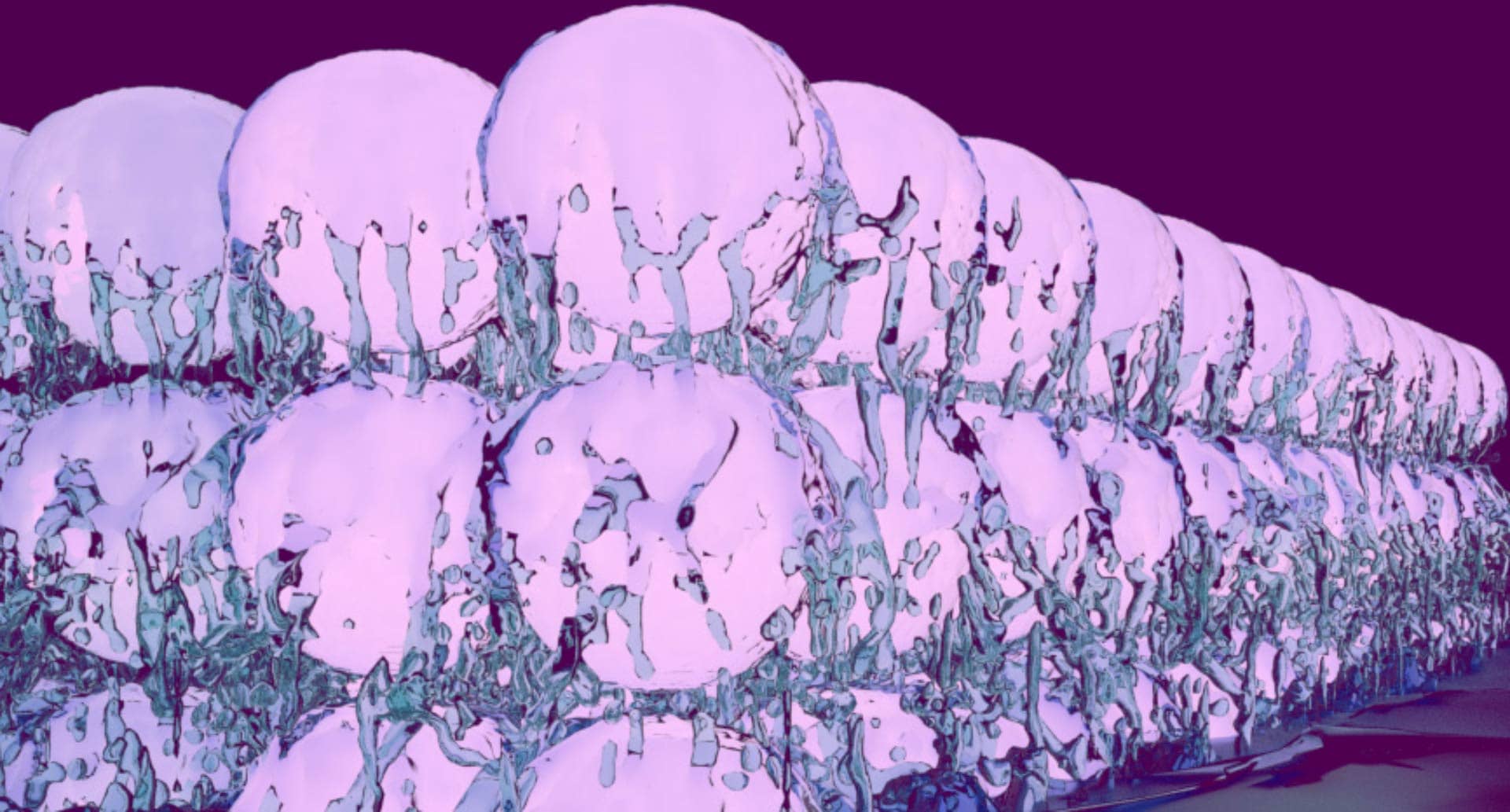Science, when taught in school talks about four states of matter: solid, liquid, gas and plasma. However, recently, scientists have created a substance that resembles a solid crystal while being flowy as a superfluid.
The supersolid material comes with both the properties of crystalline solids and fluids. It has been created by two independent groups of American and Swiss scientists and published in the same issue of Nature. The Swiss team belongs to the Institute of Quantum Electronics (IQE) at ETH, Zurich, while the American team, led by Nobel laureate physicist Wolfgang Ketterle, belongs to the Massachusetts Institute of Technology.
The race to create supersolids has been going on for quite some time now. The engineered supersolid is not a substance to be held in hands; as it exists only in the ultra-cold environment of vacuum chambers.
While talking about the breakthrough, Wolfgang Ketterle said,
“Our goal is to discover new materials with new properties, ones that people don’t even know are possible. We want to make materials that have never existed on Earth.”
The liquid helium-4, when cooled to a range of two degrees near absolute zero, can not be contained in an open container as it begins to flow up the walls. In 1937, the material was realized to be a superfluid. Scientists have been wondering about the existence of supersolids ever since the 1950s. It has been 60 years since, and scientists have finally created a super solid.
Both the teams created the supersolid material differently. Atoms were first turned into “Bose-Einstein condensate,” a hyper-cold gas made from atoms with an even number of electrons. Atoms having an even number of electrons possess a quantum mechanical property where they have a whole number spin value. Such atoms are called bosons, and according to laws of physics, these atoms can occupy the same space. On a macroscopic scale, these gases flow without any resistance. Ketterle was one of the first people to create the Bose-Einstein condensates, and this is exactly why he won a Nobel Prize.

Source: Quantum Munich
The Bose-Einstein condensate has the properties of a superfluid. The scientists used lasers to convert the superfluid into a supersolid, which altered the spin off half of the atoms in the substance. The material was made of sodium atoms, and the lasers created two different Bose-Einstein condensates at the same time. The two kinds of material had a density varying in stripes. When a laser was incident on the material, it reflected off like that on a crystal grating.

Source: MIT
The Swiss team worked on the matter a bit differently. Instead of Sodium, they used rubidium, and the Bose-Einstein condensate of rubidium was placed between mirrors where the photons bounced back and forth. These photons caused light to scatter between the condensate atoms causing them to form a regular crystalline pattern.

Source: ETH Zurich
Both the groups published their findings in the same issue of Nature on Wednesday, 8th March.
As of now, there seems to be no use of a material that exists only in an ultracold vacuum, but it does give us a deep understanding of physics and the working of the universe, which is clearly not as just divided as solid, liquid, gas, and plasma. Ketterle, however, hopes more,
“What motivates us is that once it’s possible, then people know the laws of nature allow us to realize such materials. We hope that 10 to 20 years down the road it influences materials designers to go further, and maybe create a supersolid that exists outside a vacuum chamber.”
We would appreciate your feedback in the comments’ section below!


